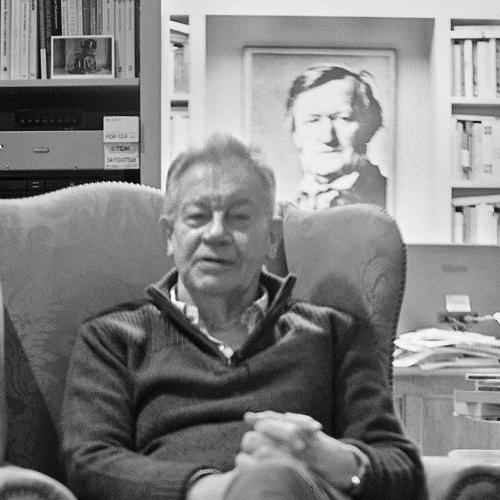COMPOSERS: Beethoven
LABELS: Harmonia Mundi
WORKS: Complete Piano Concertos
PERFORMER: Complete Piano Concertos Paul Lewis (piano); BBC Symphony Orchestra/Jirí Bèlohlávek
CATALOGUE NO: HMC 902053.55
Paul Lewis is rightly considered one of the most gifted youngish pianists (he is 38) who devote themselves mainly to the central Viennese classical repertoire, and his set of the complete Beethoven sonatas is a fine achievement, though I’m sure he would be the first person to make criticisms of it.
This new set of the Beethoven concertos is interestingly different in emphasis, in that whereas I had previously thought of Lewis as primarily a thoughtful, searching player, in the mould of his mentor Alfred Brendel, these accounts score more strongly on extroversion, combativeness vis-à-vis the lively accompaniments of the BBC Symphony Orchestra under Jirí Blohlávek, and even mischief.
It is significant that Lewis chooses to play the most flamboyant and longest of the alternative cadenzas that Beethoven wrote – though that is nowhere indicated in the booklet. In the First Concerto, the third cadenza Beethoven wrote involves a rambling mass of scales, arpeggios and thumped chords lasting a full five minutes, which I don’t want to hear again. The first cadenza for the first movement of the Fourth is shorter, but still, in comparison with the rest of that sublime movement, an undisciplined rant.
As to the approach: take the slow movement of the Emperor, in which the hushed strings play a beautifully inward melody, and then the piano enters with its answering theme, pianissimo and espressivo.
Though Lewis is capable of carrying out both those instructions, here he gives us an only moderately quiet and not expressive account, hardly different from the forte passage in double thirds that follows.
That surprised me, but is in line with the general joie de vivre which characterises the whole cycle, and in which Belohlávek is fully complicit.
This is not as fully rounded an account of these inexhaustible works as several others, but it is full of life and energy. Michael Tanner
